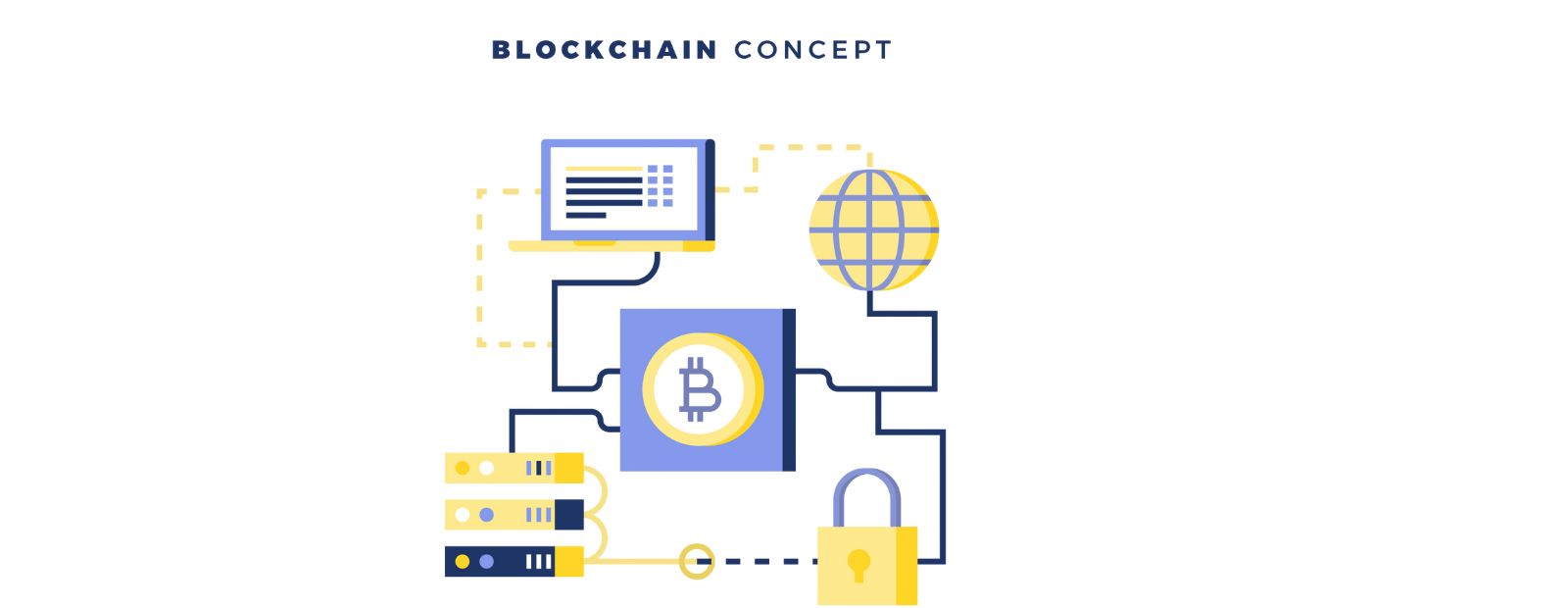Connect with us

A Guide to Building a HIPAA-Compliant Tech Stack for Your Clinic in 2025
In the healthcare sector, the financial and reputational stakes of a data breach are exceptionally high. The industry now faces the highest average breach costs of any sector, with a single incident costing an average of $10.93 million. As cyber threats become increasingly sophisticated and data breaches continue to rise, the need for a robust and secure technology ecosystem has never been more critical for clinics of all sizes. Building a HIPAA-compliant tech stack is no longer just about avoiding fines; it is a fundamental requirement for protecting patient trust and ensuring operational continuity. This guide provides a clear roadmap for selecting secure software and building a technology framework that serves as a strategic asset to your clinic's mission.
Decoding HIPAA: The Core Pillars of Technical Compliance
The Health Insurance Portability and Accountability Act (HIPAA) outlines specific technical safeguards that form the bedrock of digital security in healthcare. Rather than viewing these as regulatory hurdles, clinic administrators should see them as the essential building blocks for a trustworthy practice. These rules are designed to protect electronic Protected Health Information (ePHI) from unauthorized access and interception. Understanding these pillars is the first step toward making informed technology decisions for your clinic and ensuring you meet the standards set forth by governing bodies.
Access Control: Fortifying the Digital Front Door
The principle of minimum necessary access is central to HIPAA, dictating that staff should only be able to view the patient information that is absolutely essential for their job function. This is enforced through unique user IDs and role-based permissions, which prevent the kind of unauthorized PHI disclosure that is a major compliance risk, especially for patient-facing apps. To further secure this digital front door, proposed changes to the HIPAA Security Rule are moving toward making multi-factor authentication (MFA) mandatory. Requiring a second form of verification significantly reduces the risk of unauthorized access even if a password is compromised, reflecting a modern approach to identity management.
Audit Controls: Creating an Unbreakable Digital Trail
HIPAA mandates that healthcare organizations must implement hardware, software, and procedural mechanisms that record and examine activity in information systems containing ePHI. This means every access, modification, or transmission of patient data must be logged and monitored. These audit logs are non-negotiable for investigating potential security incidents and demonstrating due diligence to regulators in the event of a breach. A comprehensive logging system is a core feature of any secure platform, providing an immutable digital trail that is critical for accountability and forensic analysis.
Transmission Security: Protecting Data In-Flight
Whenever ePHI is transmitted beyond a clinic's internal, firewalled network, it must be protected against unauthorized interception. The primary method for achieving this is encryption, which renders data unreadable to anyone without the proper decryption key. Whether data is being sent to a pharmacy, a specialist, or a billing partner, end-to-end encryption ensures that the information remains confidential while in transit. This safeguard is a foundational requirement for all communication tools used in a clinical setting, from email and messaging to online faxing solutions.
Assembling Your Clinic's HIPAA-Compliant Technology Suite
With a firm understanding of HIPAA's technical requirements, clinic administrators can begin selecting the specific software that will form their compliant tech stack. Each component must be evaluated not only for its functionality but for its security architecture. The goal is to create an integrated ecosystem where data flows efficiently and securely between different systems, from the core patient record to communication and telehealth platforms.
Electronic Health Records (EHR/EMR) Systems
The Electronic Health Record (EHR) or Electronic Medical Record (EMR) system is the heart of any modern clinic's tech stack, housing the most sensitive patient data. However, simply adopting an EHR is not sufficient for compliance; the system must be equipped with specific, robust security features. When evaluating EHR vendors, it is crucial to look beyond the user interface and scrutinize the underlying security and compliance framework.
Must-Have Features in a HIPAA-Compliant EHR:
1. A signed Business Associate Agreement (BAA) from the vendor.
2. End-to-end encryption for patient data, at rest and in transit.
3. Granular, role-based access controls.
4. Detailed and immutable audit trails for all user actions.
5. Automated backup and disaster recovery capabilities.
Secure Messaging and Internal Communication
The convenience of modern technology has led to a significant compliance risk known as shadow AI, where staff may use unapproved tools for work-related communication. A recent report from Paubox warned that 95% of healthcare organizations have employees using AI tools for email, often without formal approval or security vetting. Standard messaging apps like iMessage or the consumer version of WhatsApp are not HIPAA-compliant and create massive security gaps. Clinics must provide dedicated, secure platforms that offer end-to-end encryption and are covered by a BAA. The rise of HIPAA-compliant AI solutions designed to improve documentation efficiency without compromising security is also a key trend, helping providers focus on care without stressing data safety.
Patient Portals and Telehealth Platforms
Patient-facing tools like portals and telehealth platforms are often the most exposed part of a clinic's digital infrastructure and, consequently, a significant compliance risk. These systems must be built on a zero-trust architecture, a security model where every request to access resources is strictly verified, regardless of whether it originates from inside or outside the network. As providers increasingly use these platforms to deliver personalized patient care, ensuring their security is paramount to maintaining patient trust and regulatory compliance.
Securing the Final Mile: Modernizing Critical Data Exchange
While much of the focus in healthcare IT is on internal systems, a significant amount of sensitive data must be exchanged with external entities like labs, insurance companies, and other providers. This final mile of data transmission is often a point of vulnerability, especially when communicating with organizations that rely on older, established technologies. Securing these exchanges is a critical piece of a comprehensive HIPAA compliance strategy.
The Enduring Relevance of Fax in Healthcare
It may be surprising in an era of instant messaging and cloud computing, but a staggering 75% of all medical communication in the United States still occurs via fax. This persistence is due to its established legal standing and deeply integrated workflows within the healthcare ecosystem. However, traditional fax machines present significant physical security risks. Unattended documents left on a machine can be easily viewed by unauthorized individuals, and there is no digital audit trail to confirm receipt, creating a major compliance gap.
Bridging the Gap with HIPAA-Compliant Online Fax
Online fax services have emerged as the ideal solution, merging the workflow compatibility of traditional fax with the security of modern digital technology. Services like iFax are purpose-built for the stringent demands of healthcare. They operate under a BAA and utilize military-grade 256-bit end-to-end encryption to ensure all transmissions of PHI are protected from interception. This approach directly addresses HIPAA's transmission security requirements in a way that traditional fax machines and standard email cannot.
Furthermore, a modern online fax service provides the comprehensive audit trails required for compliance. Every document sent or received is logged with a timestamp and delivery confirmation, creating a verifiable record. This eliminates the risks of paper-based workflows and empowers clinics to securely exchange information with labs, pharmacies, and other providers from any computer or mobile device, fully integrating into a modern, efficient tech stack.
Comparing Secure Document Transmission Methods
| Feature | Traditional Fax Machine | Standard Email | HIPAA-Compliant Online Fax (e.g., iFax) |
| HIPAA Compliance | Lacks digital safeguards; relies on physical security | Not compliant without third-party encryption; high risk | Fully Compliant with BAA and encryption |
| Security | Vulnerable to physical interception | Prone to phishing (responsible for 90% of breaches) and hacking | Military-Grade 256-bit Encryption |
| Audit Trails | None; no digital record of receipt | Limited and often unreliable | Comprehensive; legally verifiable logs |
| Accessibility | Tied to a physical machine and phone line | Accessible anywhere, but insecure | Secure access from web, desktop, and mobile |
Building a Resilient and Future-Ready Practice
Ultimately, achieving HIPAA compliance is not a static, one-time checkbox. As technology advances and new threats emerge, a clinic's security strategy must adapt accordingly. A well-designed, compliant tech stack is a strategic investment that pays dividends far beyond regulatory adherence. It protects the clinic from devastating fines and reputational harm, streamlines workflows, and enhances operational efficiency. By carefully selecting tools that prioritize security—from the core EHR to the underlying infrastructure that supports them—clinics can build a resilient foundation that supports what matters most: delivering excellent and secure patient care.








